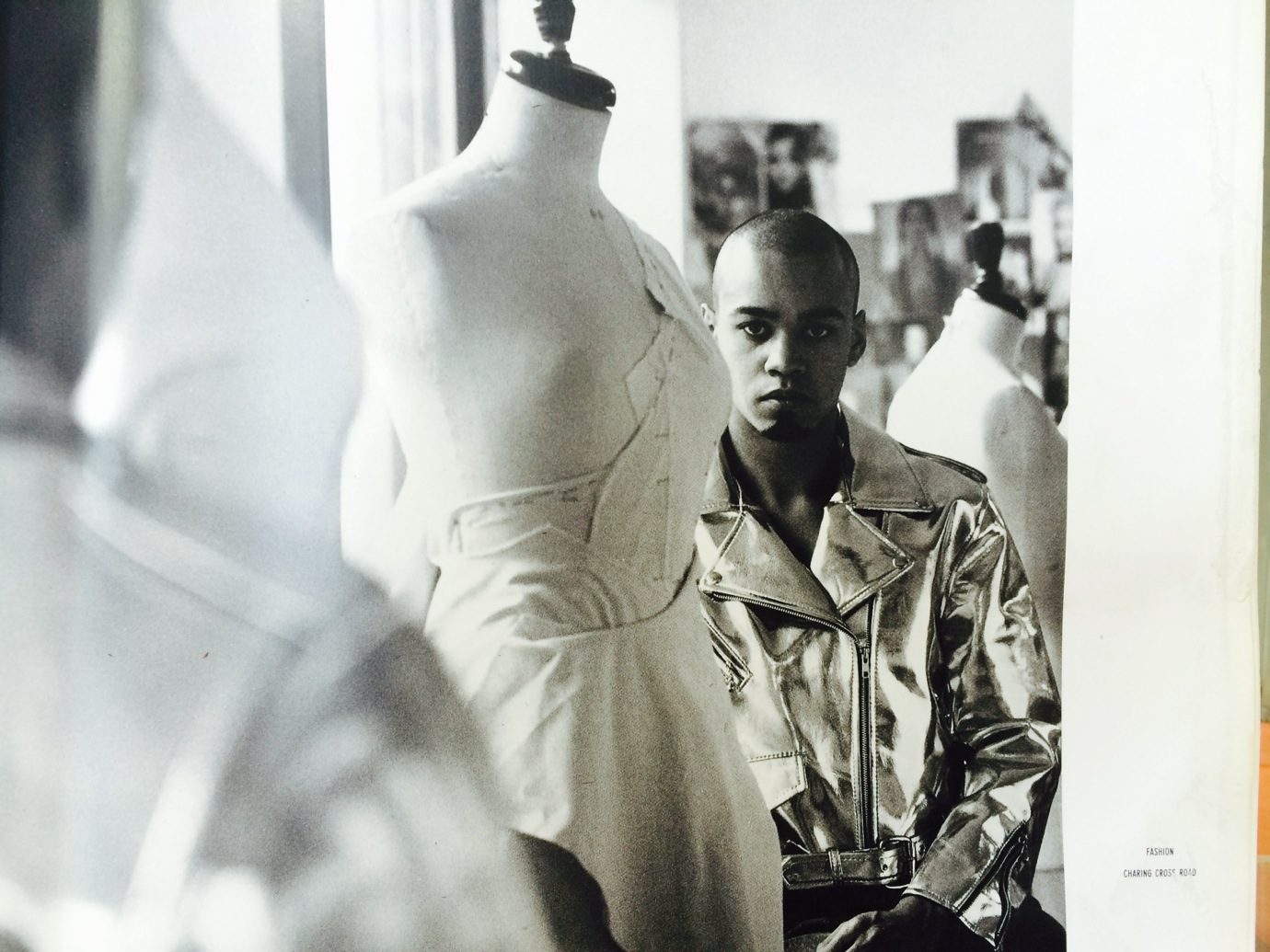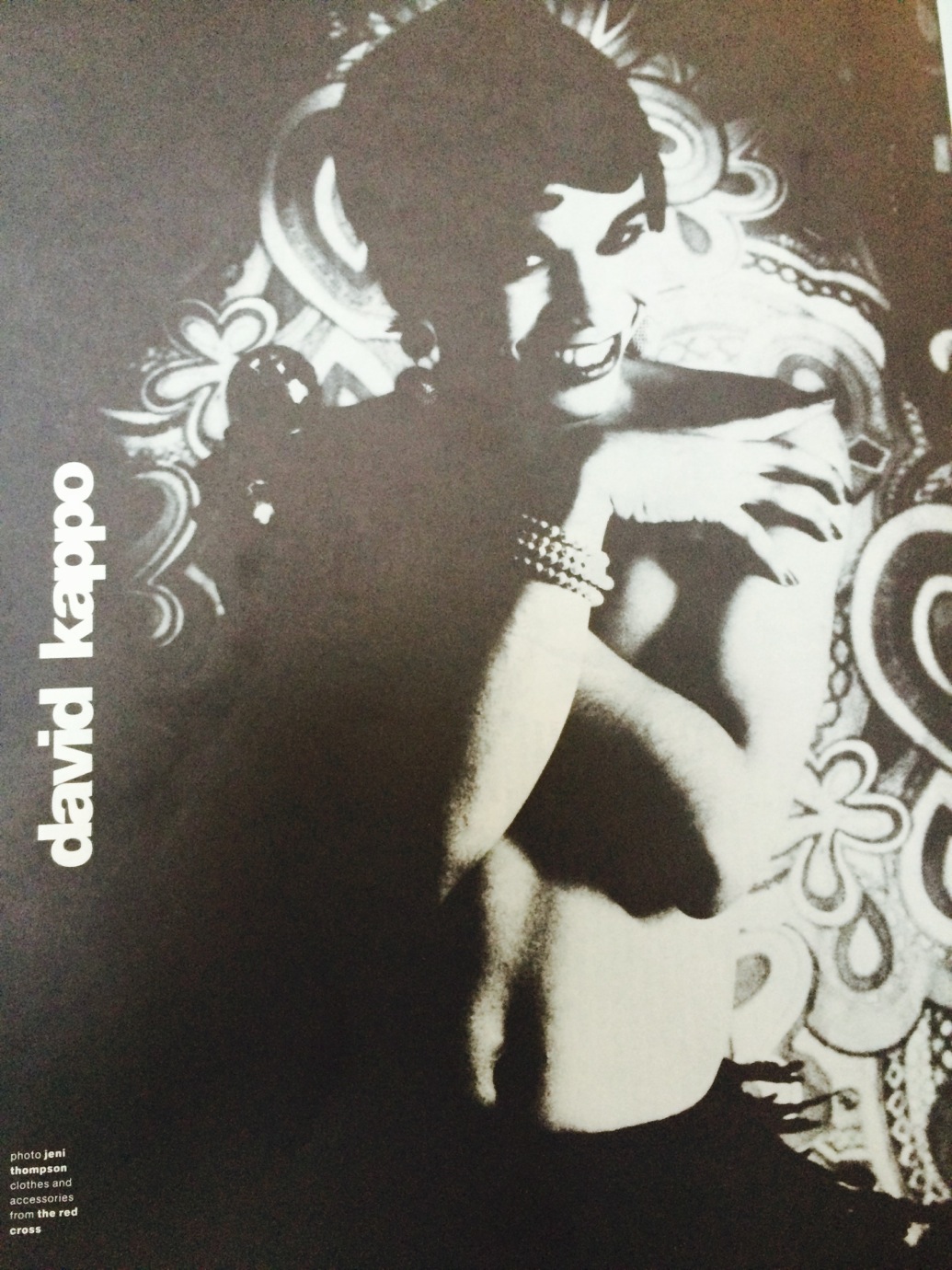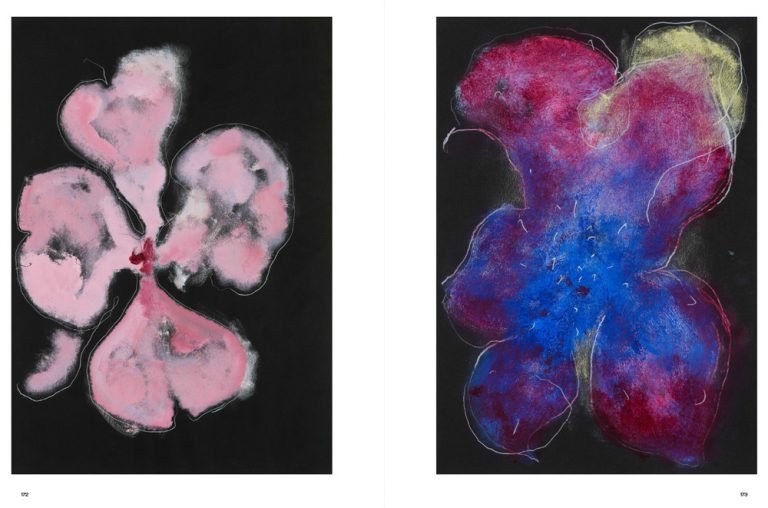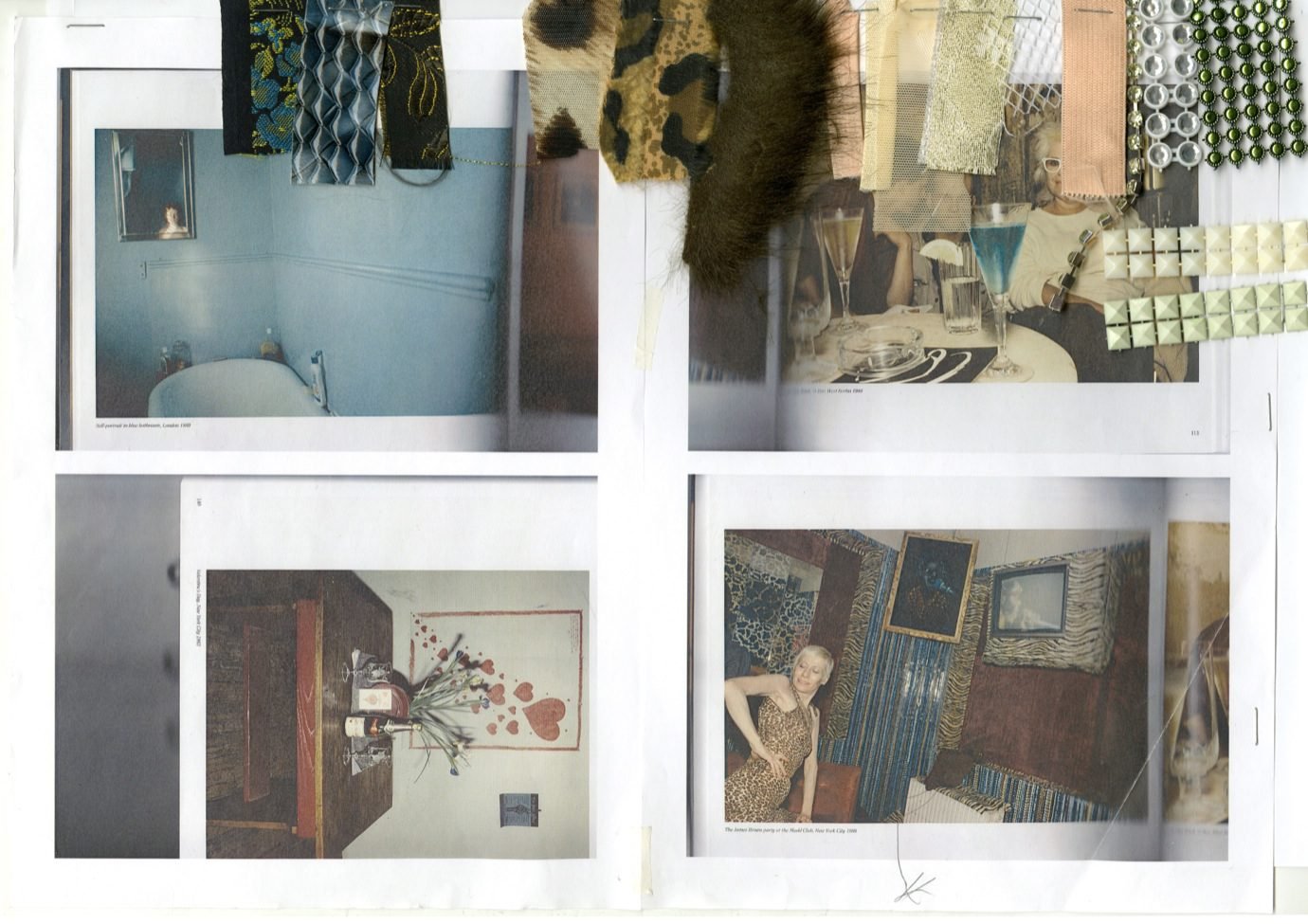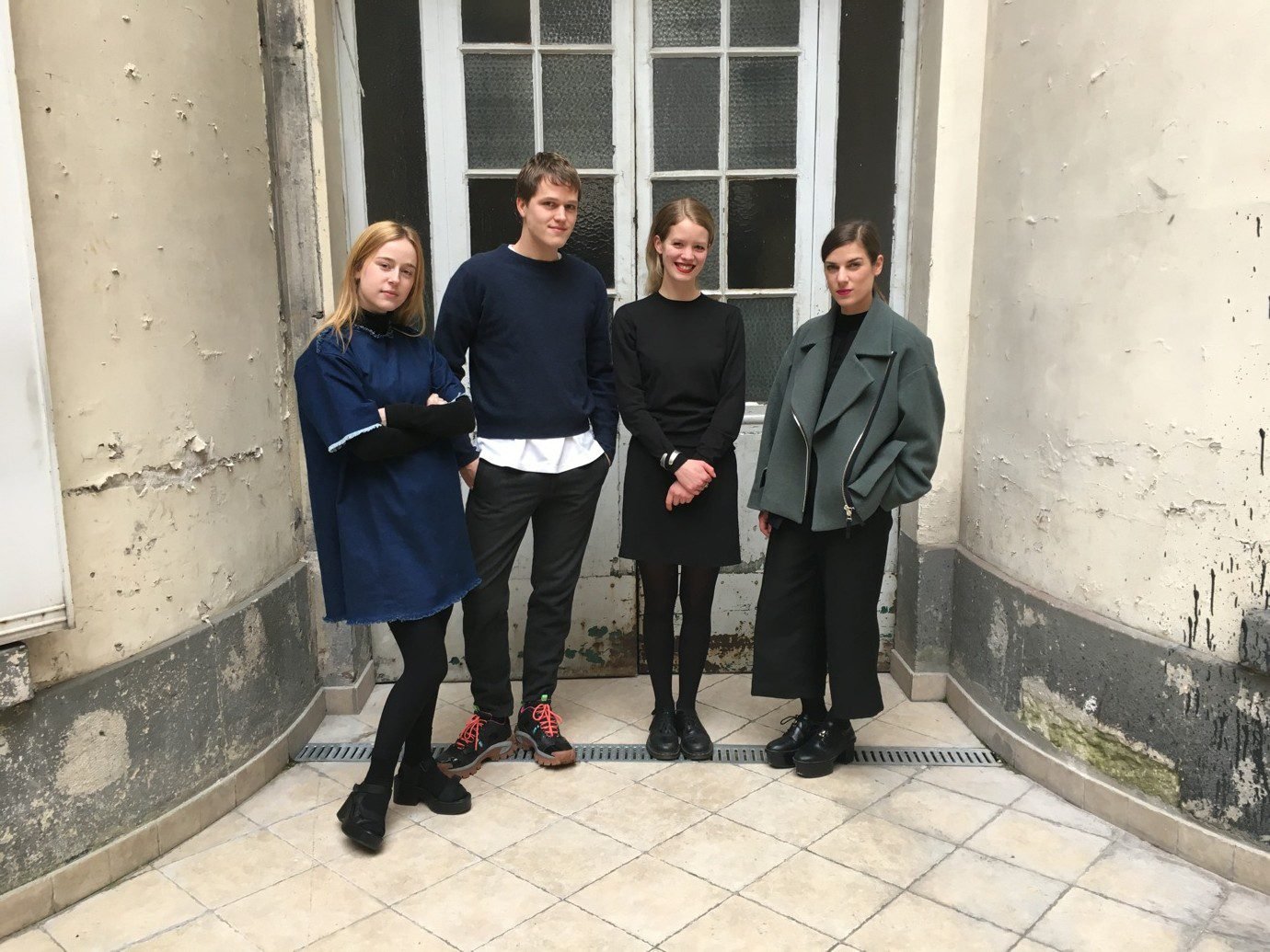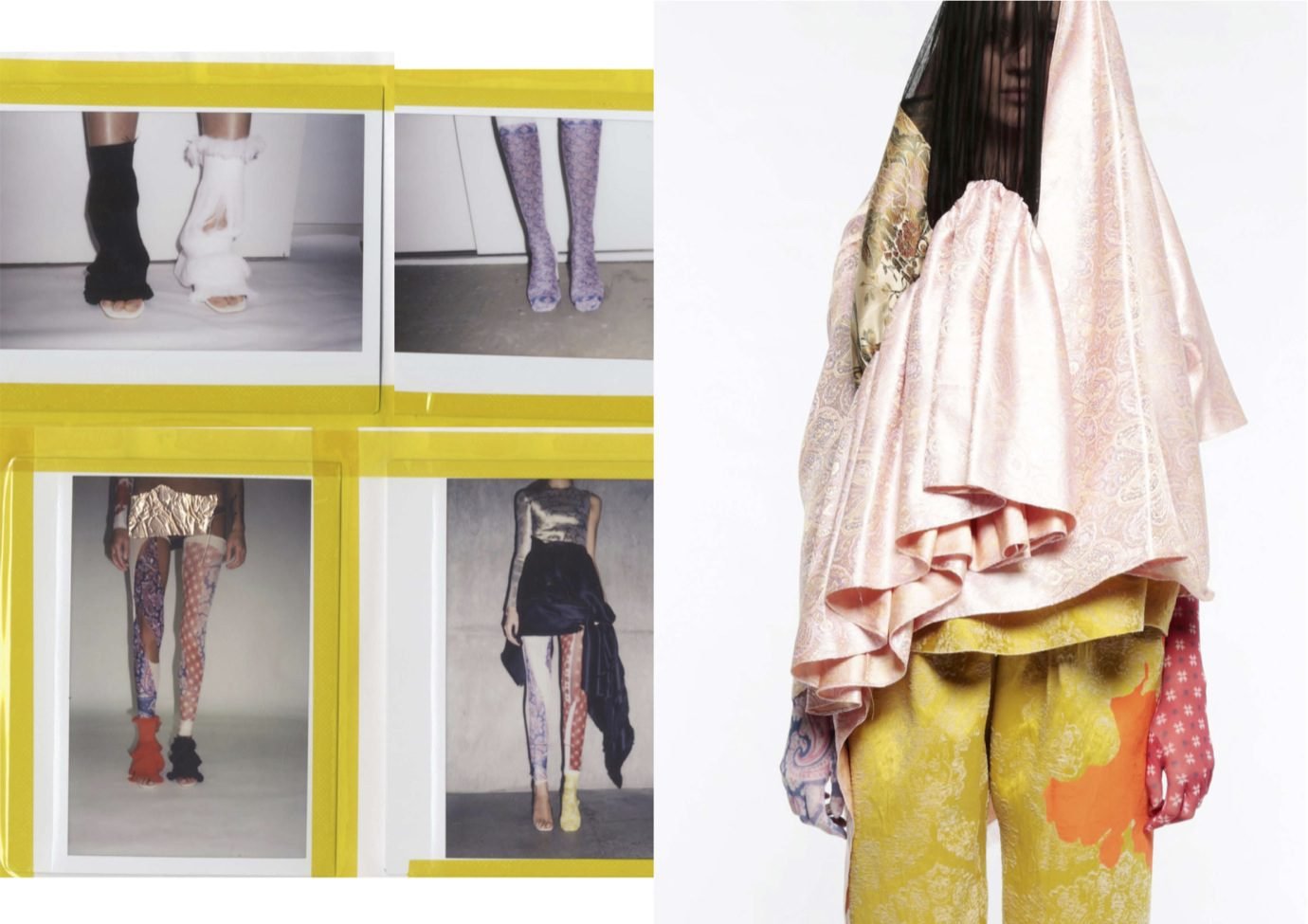”… is there somewhere else we can sit, because this music is going to make me start swaying!” David Kappo is energetic and alert as he shows up at Dishoom on a rather gray Thursday morning in July. David has the energy and appearance of a proper CSM kid – or rather, St. Martins, as it was called back in the day.
David Kappo was born and bred in London, and growing up, he quickly found an affinity with dressing up, and ultimately, the institution of St. Martins. “I love fashion because I love dressing up – it’s a very selfish and personal reason,” he says while ordering a chocolate chai. He describes his teenage self as “a proper i-D whore,” who would wait impatiently for the magazine to hit the shelves at the local newsagent. “I would just ferociously read it – I’d read all of it, from the cover, through to the adverts and to the back, and just take it all in. A lot of the designers that I felt an affinity with were all from St. Martins – I mean, they were still students! So that was my first kind of obsession.” It felt natural to join the cult institution, so after doing a foundation course at the neighboring Central School of Art and Design, he enrolled on a BA at the more artsy St. Martins School of Art.” I never envisaged or realised that you can actually have a job as a fashion designer!” he exclaims.
“I WOULD COME IN TO SCHOOL TO KIND OF HANG OUT IN THE COFFEE BAR, JUST TO FIND OUT WHERE WE WERE GOING THAT EVENING. AND THEN WE’D DO A BIT OF PATTERN CUTTING, AROUND THAT.”
As many others from his expressive generation, David approached (and still does) fashion as image – the magic of expressing and subverting identities through style. In pre-high street days where whole identities were not so easily and cheaply acquired, he would scavenge second-hand stores and customise his own looks, and wear them out clubbing attracting attention due to his inventive and loud outfits. “Clothes, hair, make-up can really change other people’s perceptions of you – but also your own perception of yourself,” he reflects. “And that was really exciting.”
His time at St. Martins in the early ‘90s coincided with a bunch of other golden ticket kids; Hussein Chalayan, Giles Deacon, Luella Bartley, Katie Grand, Christian Weber, Phoebe Philo et al. were all studying, socialising and partying in and around St. Martins. Attendance was in no way a concern, as they spent much of their time to see and be seen in the famous Dave’s Coffee Bar: “I would come in to school to kind of hang out in the coffee bar, just to find out where we were going that evening. And then we’d do a bit of pattern cutting, around that,” he explains. Still, he remembers very clearly remaining in awe of the institution, and the shared pride he felt for attending the school. With only 30 places each year, an admittance was the only blue-stamp one needed in the, at the time, much smaller fashion world. “I’m not saying that’s it has changed now, as I know the application rate is still phenomenal, but fashion is so much more fashionable now,” he argues. Back in the days, then, people were laughing at us; fashion students were weird, drug addicts, or just bizarre. And I was like, “yes! Of course they look weird! That’s why I want to be involved!”
He remains in close contact with many of his peers, who, as the impressive name-dropping above shows, are major industry leaders. “Looking back now, it’s hard to believe that we all kind of hung out together, because we were all so different. It was a real joyous time. And I think everyone was of a similar mindset. Everyone was into something, something of their own. There was an appreciation of difference, and that we all knew what we were into.”

